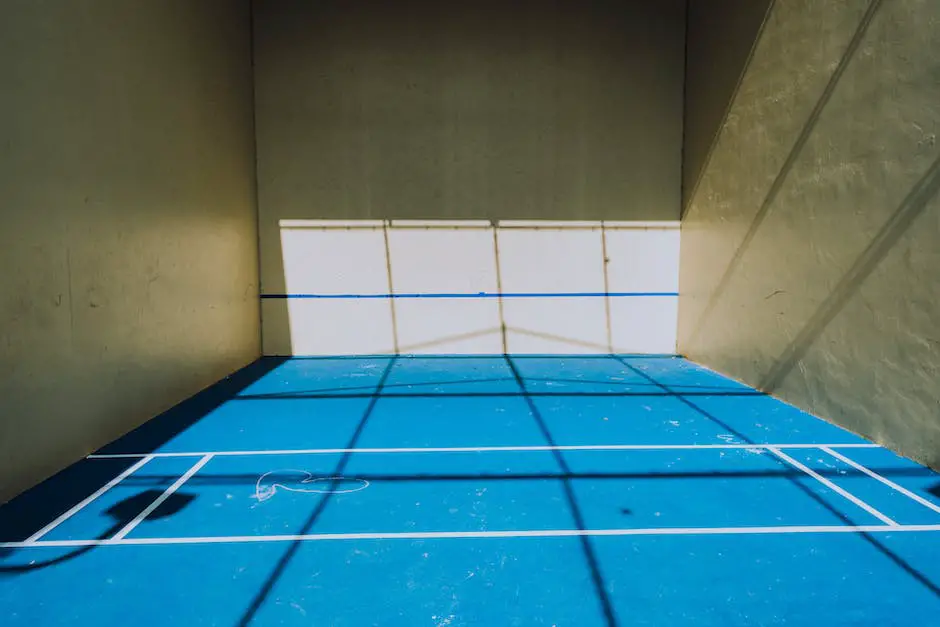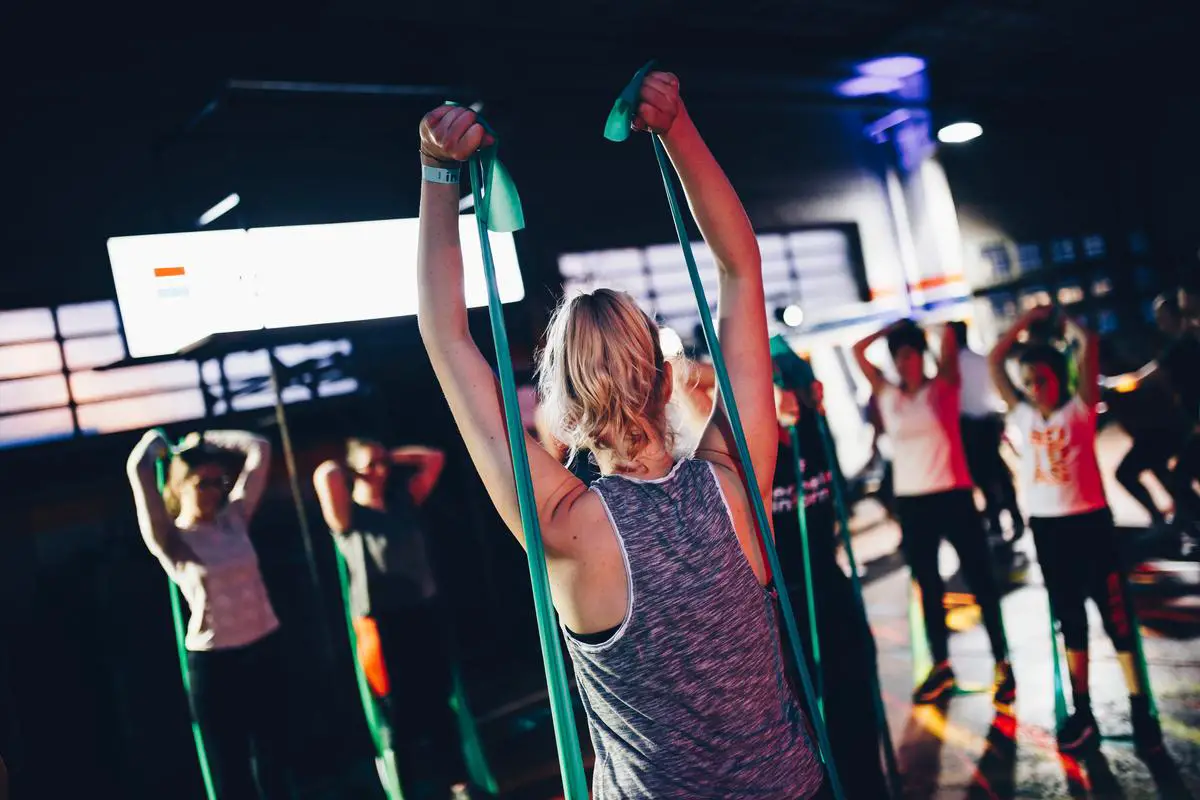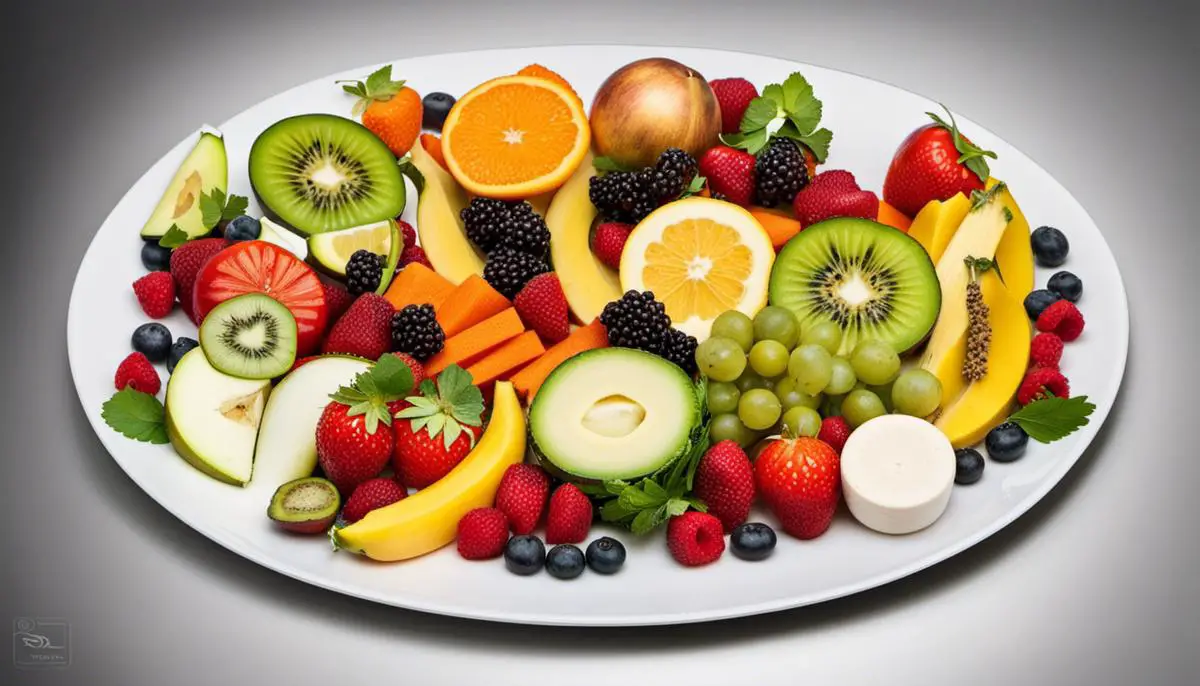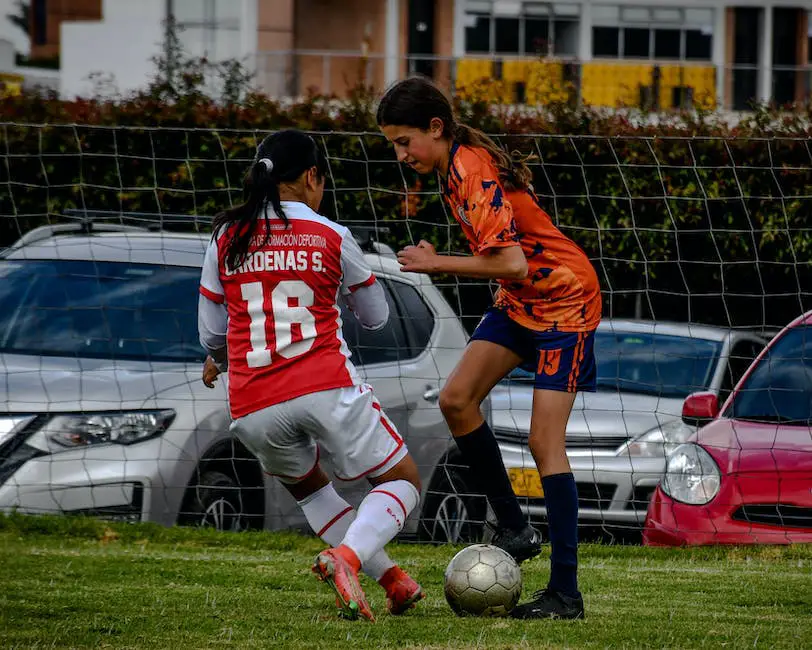As a rapidly growing sport embraced by all age groups, Pickleball demands both physical prowess and strategic plans. Whether you are new to the sport or an experienced player seeking to improve, understanding the basics, indulging in specific fitness exercises, maintaining balanced nutrition, and learning the game’s tactics and strategies is all part of the journey. This comprehensive guide aims to provide a starting point for those fueled with passion for pickleball, shedding light on important areas like the game’s rules and fundamentals, key conditioning exercises to enhance your performance, nutritional insights for optimal energy and recovery, and tactics to outsmart your opponents on the court.
Understanding the Basics of Pickleball
Understanding the Basics of Pickleball: Court Size and Layout
Pickleball is played on a court that is similar to a badminton court and smaller than a tennis court. The standard dimension of a singles pickleball court is 20 feet wide by 44 feet long. The court is divided into several zones, each serving a specific purpose during the game. Two “non-volley zones” (also known as “the kitchen”) are located closest to the net, and no volley shots (hitting the ball without it bouncing first) are allowed in this area. Beyond these zones, there are right and left service courts where players exchange shots.
The Equipment Used in Pickleball
Pickleball requires specific equipment: a pickleball paddle and a pickleball. The paddle is larger than a ping-pong paddle but smaller than a tennis racket. They’re usually made from a variety of materials, including wood, graphite, and composite materials. A pickleball ball is unique. It’s similar in size to a baseball but has holes in it, like a whiffle ball. There are two types of pickleball balls: indoor and outdoor. The type you choose depends on where you’re playing.
Pickleball Scoring System
Scoring in pickleball can be a bit complex for beginners. The game is generally played to 11 points, but the winning team must win by at least 2 points. Points can only be scored by the serving team. Furthermore, when both members of a team have served and lost a rally, the serve shifts to the other team. In doubles, the score also indicates which player should be serving, with one player serving each point until they lose a rally.
Key Movements and Strategies in Pickleball
There are several fundamental movements and strategies to understand in a pickleball game. It begins with the serve, which needs to be hit underhand and diagonally across the court. Then, players employ various shots such as the volley, smash, and dink. A volley requires hitting the ball before it bounces, but remember, volley shots are not allowed in the non-volley zones. A smash is a hard, overhand shot typically aimed at an opponent’s feet, while a dink is a soft shot that just clears the net and lands in the non-volley zone. Good communication and positioning are also key strategies to master, particularly in doubles games.
The Role of Service in Pickleball
Starting a game and each subsequent point in pickleball involves service. The server must serve underhand, striking the ball below the waist, and send it diagonally across the court to bounce in the opponent’s service court. In doubles, service alternates between partners till they lose a point.
By understanding these basic elements of pickleball, you’re well on your way to mastering this popular, engaging sport.

Specific Pickleball Fitness Exercises
Agility Ladder Drills for Quick Movements
Agility ladder drills are a great way to improve your quick movements and change directions swiftly on the pickleball court. These drills can help condition your body to respond rapidly. A common drill to start with is the “In-In-Out-Out” which involves stepping in each box of the ladder with both feet before stepping out. The ‘Two-Step” involves stepping twice in each box before moving onto the next. Ensure to maintain a steady, but quick pace throughout these drills to build speed and agility.
Plyometric Exercises for Power
Plyometric training focuses on increasing power, which can significantly boost your pickleball game by creating more powerful strokes. One recommended exercise is a box jump, in which you jump onto and off a sturdy box or platform. Another is a broad jump, where you leap forward as far as possible from a standing position. For both, it’s essential to maintain a controlled landing to avoid injury. These exercises help improve the power of your leg muscles, which is essential for driving your body into powerful pickleball shots.
Rotational Exercises for Hitting Precision
In pickleball, precision hitting requires excellent torso rotation. Thus, exercises that boost this rotation can significantly improve your game. One such workout is the Russian twist, where you sit on a surface and rotate your upper body from side to side with a medicine ball in your hands. Another is the standing wood chop, where you stand with your feet apart and hold a medicine ball or dumbbell with both hands. Then, swing the weight from one hip up across your body to the opposite side like a wood-chopping motion. Repetitions of these exercises build core strength and improve your precision hitting.
Endurance Training for Extended Play
Endurance training can keep you playing at your best for longer periods. Stamina exercises typically include long-duration, low-intensity workouts like jogging, cycling, swimming, or rowing. Additionally, interval training – alternating between high-intensity and lower-intensity training – can significantly improve your endurance. For example, running at a high speed for one minute, then walking for two minutes, and repeating this cycle for about 20-30 minutes. This type of training prepares your body for the various intensities of a pickleball game.
Remember to use proper techniques and safety measures when working out to prevent injury. Consulting fitness professionals and watching tutorials can provide additional insights on how to perform these exercises correctly and safely.

Photo by shotsbywolf on Unsplash
Nutrition for Pickleball Players
Fueling for Energy
Pickleball players require high energy levels for optimal performance. To achieve this, your diet should be rich in complex carbohydrates, which break down slowly and provide a steady energy supply. Foods such as whole grains, oats, brown rice, and sweet potatoes should form the bulk of your diet. In addition to carbs, lean protein sources like chicken, turkey, fish, eggs, and low-fat dairy are crucial for muscle repair and building.
Hydration
Staying hydrated is essential for pickleball players. During intense sessions, your body loses electrolytes through sweat, and these need to be replaced. Drinking plenty of water throughout the day is a good starting point. In addition, consider including electrolyte-rich drinks like coconut water or sports drinks to replenish lost minerals.
Pre-Game Meals
When it comes to your pre-game meals, timing and ingredient choice are essential. Two to three hours before your game, consume a balanced meal high in carbohydrates and moderate in both protein and fat. An example could be a turkey sandwich on whole-grain bread with a side of mixed fruits.
Fuel During Games
To maintain energy levels during a game, energy-boosting snacks can be beneficial. Bananas, oranges, and nutrient-dense energy bars can be quickly consumed for an instant energy surge. Also, don’t forget to sip water or a sports drink during the game to stay hydrated.
Post-Workout Recovery
Post-workout meals are crucial to help the body replace its glycogen stores and repair muscle tissue. Within 45 minutes of exercising, consume a meal or snack high in carbohydrates and protein. Smoothies made with protein powder and fruit, chicken or turkey with quinoa, or low-fat Greek yogurt with berries are great options.
Omega-3 Fatty Acids
These essential fats promote heart health, reduce inflammation, and hasten recovery. Good sources of omega-3s include fatty fish like salmon and mackerel, flaxseeds, chia seeds, and walnuts.
Overall Nutrient Needs
Aside from these specific dietary tips, general nutrition is equally important. Ensure a regular intake of a variety of fruits and vegetables for essential vitamins and minerals. Remember to include healthy fats from sources like avocados, nuts, and seeds.
Remember that these nutrition tips are guidelines and individual needs may vary. It’s always important to listen to your body and modify your diet according to your activity levels and performance goals. Consulting with a registered dietitian or nutritionist can offer personalized advice to help you meet your pickleball performance goals.

Pickleball Tactics and Strategies
Understanding Pickleball Tactics
Classified as a paddle sport, pickleball incorporates elements from tennis, badminton, and table tennis. Comprehending the strategies and tactics of pickleball is essential to boosting your performance in the game. Tactics involve making smart shots and playing to the strengths and weaknesses of your opponent.
Executing and Defending Against Smashes, Dinks, and Volleys
Smashes, dinks, and volleys are three integral shot types in the game of pickleball. A smash is an aggressive overhead shot that aims to end the point quickly, while a dink is a soft hit playing the ball just over the net, and a volley is a shot hit before the ball bounces on your side of the court.
When executing a smash, aim at the feet of your opponent. This forces them into a defensive position, making it difficult to return the shot. However, when defending against smashes, stay low, lean back slightly, and position your paddle at an angle that deflects the ball upwards.
Dinks are tactical tools that can guard against aggressive players. To execute a dink, lightly paddle the ball, aiming it to just fall over the net. If done correctly, it hinders your opponent’s ability to smash or drive the ball. When defending a dink, keep your knees bent, be ready to move, and aim to return the dink with another soft shot over the net.
A volley requires quick response and hard hitting. When performing a volley, stand close to the non-volley line and keep your paddle up to react promptly. When defending, the aim is to immediately return the volley by anticipating where the ball will land based on your opponent’s body language and grip.
Court Positioning and Awareness
Occupying the right position on the court gives you control. If you’re playing doubles, it’s ideal for you and your partner to form a straight line parallel to the net, otherwise known as the ‘two up’ or ‘two back’ strategy. This positioning makes it difficult for your opponent to find open spaces, thus reducing the risk of losing points.
Reading Opponent’s Moves
Learning to read your opponent’s moves can provide a pivotal advantage in a pickleball game. Pay close attention to your opponent’s body language and paddle position, as these often indicate the type of shot coming up. Be aware of their preferred shots or familiar patterns and be prepared to counteract them.
Practicing the Game
Last but not least, practicing playing excellent games can help you understand the tactics you’ve learned. Participate in various matches to experience a real competitive environment. This exposure will provide you with the opportunity to test your tactics, learn your strengths and weaknesses, and hopefully, witness a significant improvement in your game.

Delving into the world of pickleball requires a commitment to ongoing learning and physical development. From understanding the intricate nature of the game with its unique rules and strategies to committing to vigorous fitness exercises and maintaining a nutritious diet, there is always room for improvement. Embrace these elements and every moment spent on the pickleball court becomes a chance to grow and refine your skills. Whether it is mastering the art of effective smashing or improving your endurance through targeted workouts, remember, the game of pickleball is as much about perseverance and strategy as it is about raw skill. So gear up, get fit, fuel well, and keep playing!